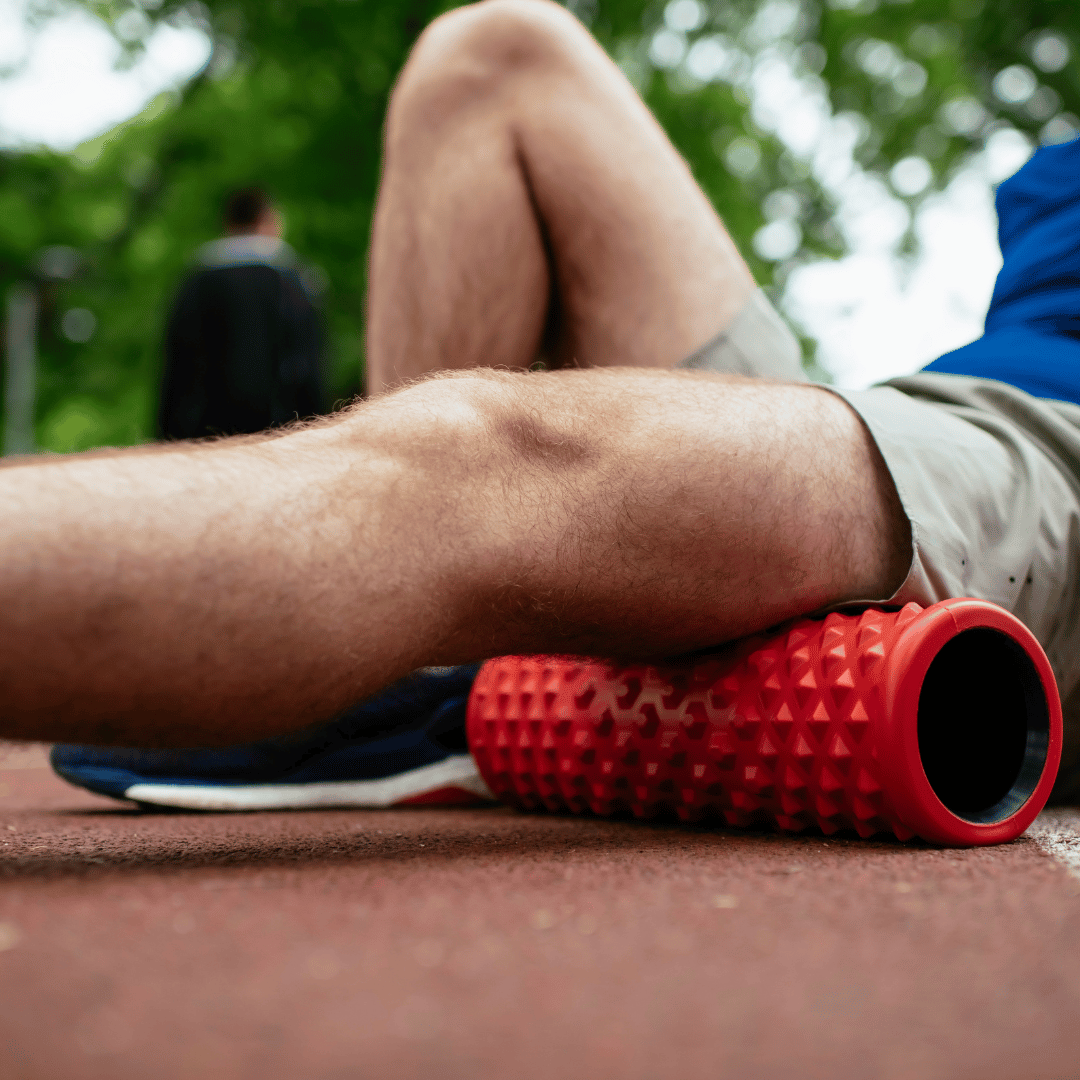At some point in our lives, we've all heard the saying, "You need to exercise more." However, when most people think about exercising, they usually imagine running on a treadmill, lifting heavy weights, or sweating profusely in a hot yoga class. While these activities certainly have their benefits, there's one form of exercise that is often overlooked and underrated: walking.
Walking is one of the easiest, most accessible, and most effective ways to improve your health and fitness. Not only is it low-impact and gentle on your joints, but it also provides a plethora of benefits for both your physical and mental well-being. In this article, we'll take a closer look at why walking is the most underrated form of exercise, and how it can help you achieve your fitness goals.
The Physical Benefits of Walking
First and foremost, walking is an excellent way to improve your cardiovascular health. It helps to strengthen your heart, lower your blood pressure, and reduce your risk of heart disease and stroke. Walking is also a great way to burn calories and lose weight, especially if you make it a part of your daily routine. According to the American Heart Association, a brisk walk can burn up to 300 calories in just 30 minutes.
In addition to its cardiovascular benefits, walking also helps to improve your balance and coordination, which can reduce your risk of falls and injuries. It's a weight-bearing exercise, which means that it helps to strengthen your bones and prevent osteoporosis. Plus, walking outdoors exposes you to fresh air and natural sunlight, which can help to boost your mood and energy levels.
The Mental Benefits of Walking
But walking doesn't just benefit your physical health; it's also great for your mental well-being. Walking is a low-stress activity that can help to reduce anxiety and depression. It can also improve your cognitive function, including your memory, attention, and creativity. In fact, research has shown that walking can even help to reduce your risk of Alzheimer's disease and other forms of dementia.
Moreover, walking is a great way to clear your mind and improve your mood. When you're walking, you have the opportunity to reflect on your thoughts and emotions, and to connect with nature and your surroundings. Walking with a friend or loved one can also be a great way to socialize and strengthen your relationships.
How to Make Walking a Part of Your Daily Routine
Now that you know all of the benefits of walking, how can you make it a part of your daily routine? Here are a few tips to get started:
-
Start slow and gradually increase your distance and speed. If you're new to walking, begin with a 10-15 minute walk and gradually increase to 30-60 minutes per day.
-
Incorporate walking into your daily activities, such as walking to the grocery store or taking a walk on your lunch break.
-
Make it social: Walking with friends or family can be a great way to stay motivated and make it more enjoyable.
-
Set goals and track your progress. Whether you're aiming to walk a certain number of steps per day or to walk a 5k race, having a goal can help you stay motivated and on track.
-
Invest in a good pair of walking shoes to help prevent injuries and improve your comfort.
- Make it fun: Listen to music or podcasts while walking, or explore new areas to make walking more enjoyable.
In conclusion, walking is the most underrated form of exercise, but it's also one of the easiest and most effective ways to improve your health and well-being. By incorporating walking into your daily routine, you can reap the physical and mental benefits that it provides. So what are you waiting for? Put on your walking shoes and hit the pavement!
FAQs About Walking:
Is walking a good form of exercise?
Yes, walking is an excellent form of exercise that has many health benefits.
How much should I walk each day?
The American Heart Association recommends at least 150 minutes of moderate-intensity exercise per week, which can be achieved through brisk walking for 30 minutes a day, five days a week.
Is it better to walk outdoors or on a treadmill?
Both indoor and outdoor walking have their benefits, but outdoor walking has been found to have additional mental health benefits due to exposure to nature and fresh air.
Can walking help with back pain?
Walking can help to alleviate back pain by improving posture and strengthening the muscles that support the spine.










Leave a comment
This site is protected by hCaptcha and the hCaptcha Privacy Policy and Terms of Service apply.